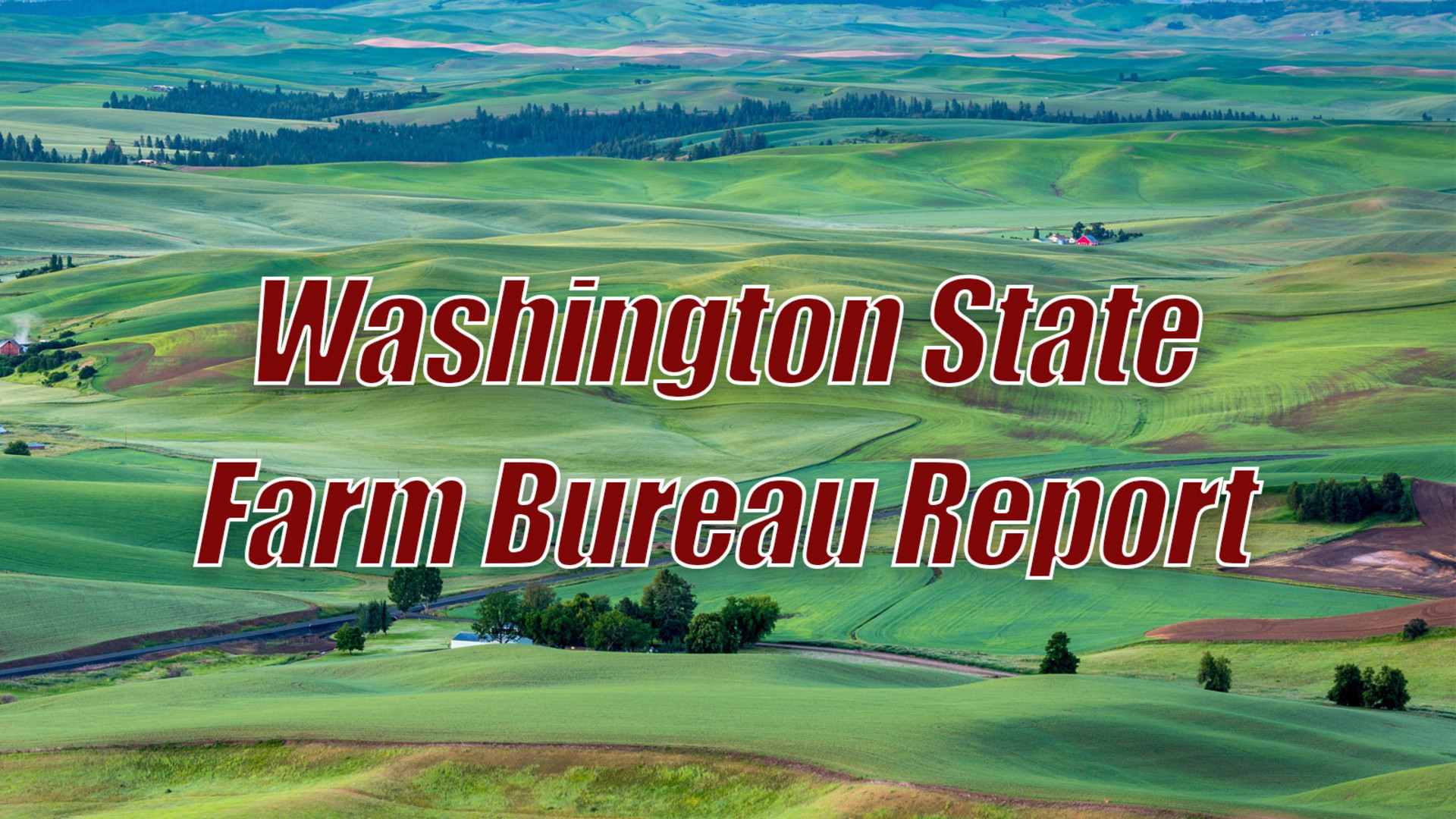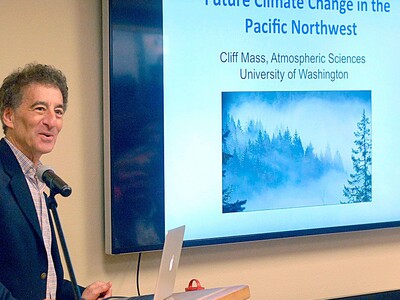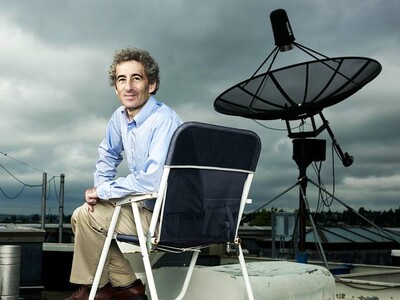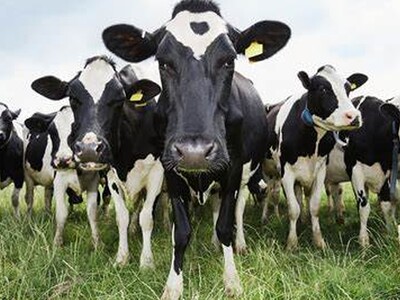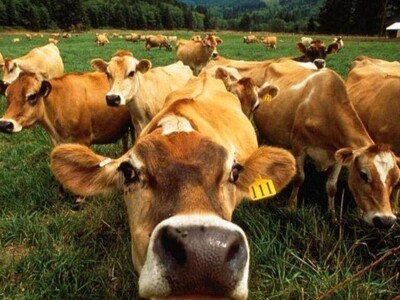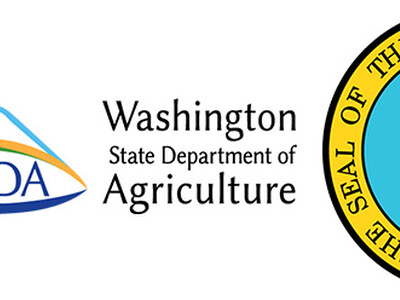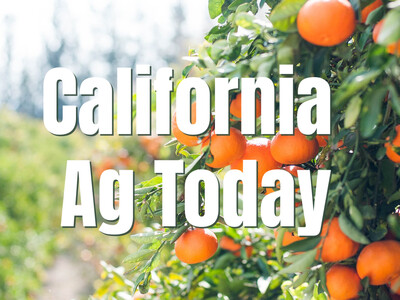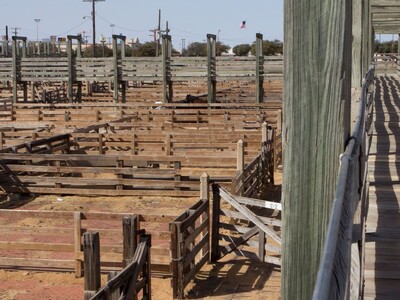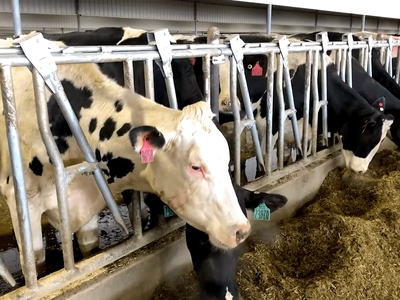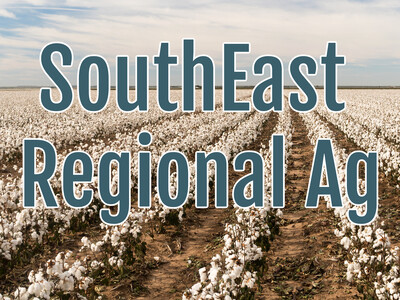Funding for Odesssa Subarea study; tracking pea aphids
Washington Ag Today July 9, 2009 U.S. Senator Patty Murray says she has included three million dollars for the Odessa Subarea special study in the fiscal year 2010 Senate Energy and Water Development appropriations bill. The funding advances the feasibility study, which seeks to identify the best way to use Columbia Basin Project surface water to replace ground water in the Odessa Subarea aquifer, where deep irrigation wells are drying up. The full Appropriations Committee and Senate must still approve that spending bill. Huesbye: “There is kind of an alarm system element if we are seeing a lot of virus come in. We might not be able to explain it but we can at least get the word out so producers are aware.” That is David Huesbye, a graduate student at the University of Idaho. Since the pan trapping program began three years ago there hasn’t been a serious pea aphid infestation, including this year. Huesbye: “That‘s great for the producers but I really need to see a virus year so we can see if there is something unique at the landscape level and the meteorological environments that might play into amplifying these phenomena, or conversely diminishing them.” I’m Bob Hoff and that’s Washington Ag Today on the Northwest Ag Information Network.
Researchers from the University of Idaho, Washington State University and the USDA have set up aphid traps across eastern Washington and into Idaho to track pea aphid levels in legume crops. They are testing trapped aphids to determine whether they are carrying viruses that could damage pea and lentil fields.


